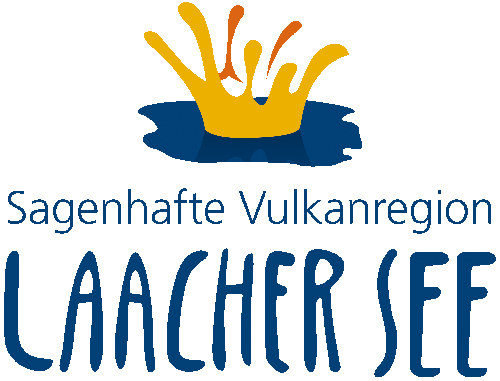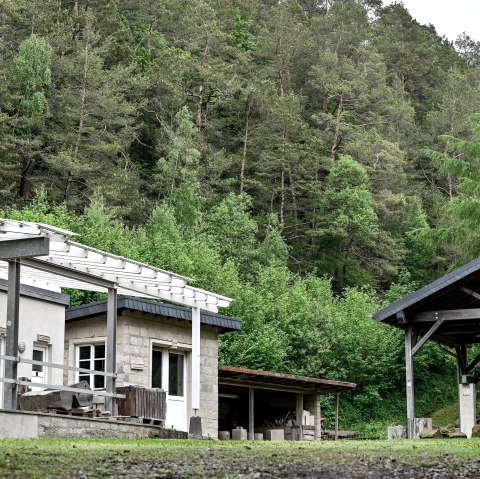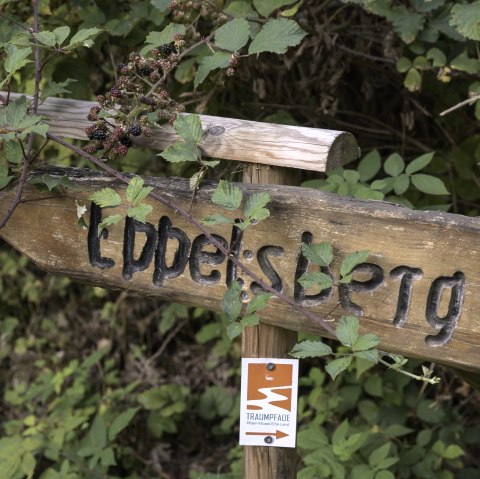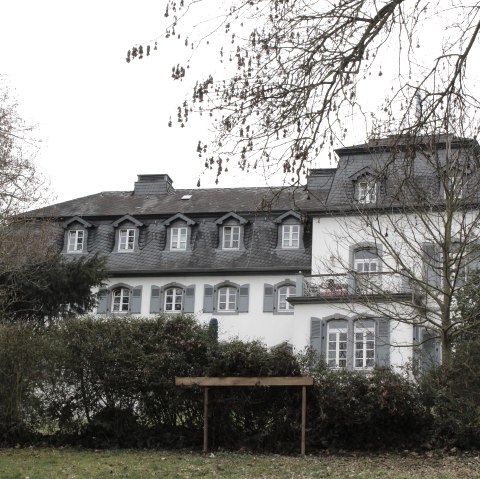Hochstein mit Genovevahöhle
Mendig
It is not for nothing that the Hochstein volcano "gnawed" by the stone industry until the middle of the 20th century is one of the most beautiful in the volcano park.
With its unique flora and fauna, the 563 meter high mountain makes the heart of every nature lover beat faster.
Many hiking trails lead through the nature reserve.
Below the lookout rock on the summit, which allows a unique view of the surrounding area, you will find the legendary Genoveva Cave, which is said to have once served as a refuge for Countess Palatine Genoveva.
The original name of the Hochstein was "Forstberg".
Hochstein was only called the summit rock above the Genoveva cave.
The oldest mention of the rock and the cave is from 1790, but it was not until the 20th century that the name became established for the whole mountain.
In the neighboring town of Ettringen, people still speak of the "Kalberg", meaning "bald mountain", a name that can still be found on an old map from 1809.
Be that as it may, everyone agrees on one point: the Hochstein is one of the most majestic volcanic peaks in the Eastern Eifel.










